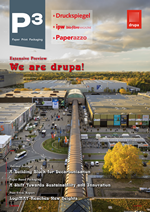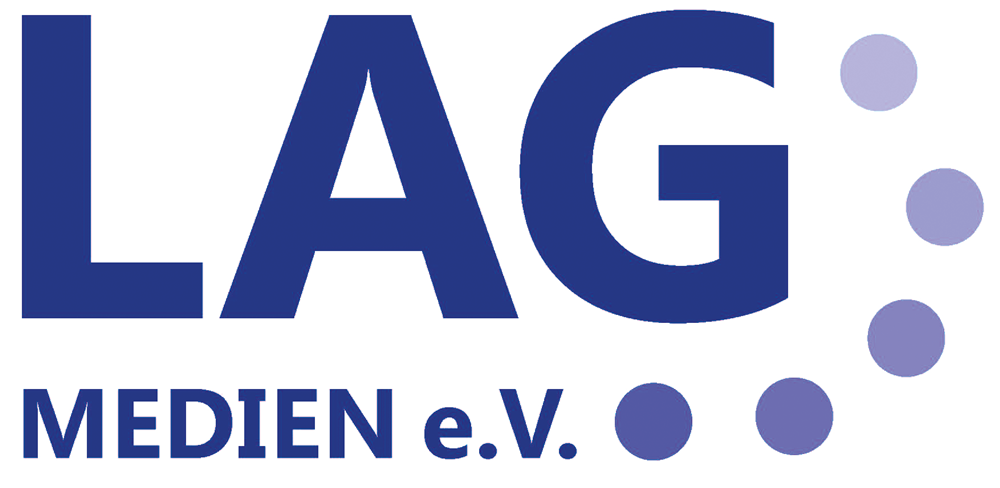P3 - NEWS
Gravure and sustainability: Leipzig University of Applied Sciences (HTWK) presented study
“Gravure printing offers great potential for the circular economy: its major ecological advantages are the re-usability of the printing cylinder and closed material cycles which enhance the sustainability of the gravure process and give it an edge compared with other processes.” These are the most relevant conclusions of a study on the sustainability of the gravure process carried out by Leipzig University of Applied Sciences (HTWK). The study was conducted in the first half of 2022 and presented by Prof Lutz Engisch from the University at ERA’s recent Annual & Packaging/Decorative Conference in Baveno, Italy.
The study is based on a questionnaire and interviews with industrial users of the gravure process. They covered the whole gravure printing workflow including upstream and downstream processes, e.g. cylinder engraving and transportation, printing, as well as recycling and deinking. According to the respondents the strongest advantage of gravure printing is the reusability of the base cylinder. This can be used practically without limit for the preparation of the print forme for the specific job.
Its high stability and consistency to print even very long runs in constant high quality also counts as gravure’s major advantage in respect of sustainability. The study, which shows that the market demands these large orders with run lengths of over 800,000 metres, has proven that this is a relevant factor. Another advantage concerning the sustainability of the gravure process is the recovery of the materials used during the plating processes such as copper and chromium. And further improvements of gravure’s sustainability are seen in the recovery of solvents, the use of water-based inks as well as the reduction of make-ready waste through automation.
The electrolysis process of chromium trioxide, which is used in the plating to guarantee the hardness and long lifetime of the cylinder, is perceived as the most serious challenge for gravure printing, as the industrial use of chromium trioxide needs an authorization by the EU Commission according to the EU rule REACH (Registration, Evaluation, Authorization of Chemicals). Even though the EU Commission has granted the authorization for the gravure industry, and an extension beyond 2024, when the current authorization will expire, can be expected since the ChromeExtend application by Kaspar Walter was positively evaluated by the responsible ECHA (European Chemical Agency), the industry is developing alternatives (e.g. Chrome(III) or replacing the traditional copper and chromium layers by a plastic layer) which will increase the sustainability of gravure.
In addition to the questionnaire and interviews, very first approaches for a life cycle assessment (LCA) were carried out. In this context, the first challenges and limits could already be identified: general statements are not possible. Due to the wide range of parameters, a general holistic comparison of different printing processes would be very difficult to perform. Product-dependent case-by-case decisions, supported by comparative LCAs, could help in the future to identify the most environmentally friendly printing process for the respective print job.








